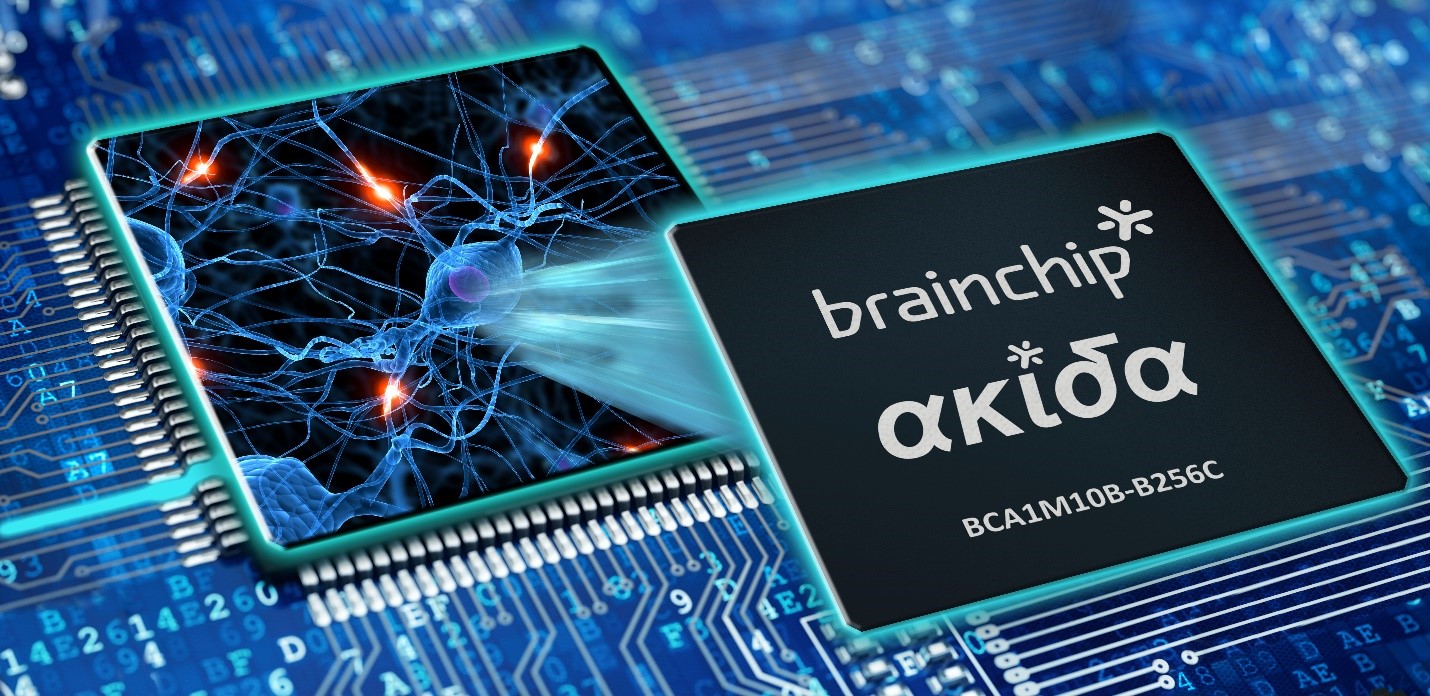By Brian Santo, contributing writer
BrainChip Holdings Ltd. Claims that it’s the first company to deliver a spiking neural network (SNN) architecture to market. The company will begin sampling its new neuromorphic system-on-a-chip (SoC) in the third quarter of 2019, preceded by an FPGA-based development board for designers anticipating the introduction. The Akida Development Environment is available now for early-access customers.
BrainChip’s forthcoming Akida Neuromorphic SoC (NSoC) will implement a newer approach to machine learning called spiking neural networks. SNNs are said to learn much more rapidly than other machine-learning systems in nearly real time, using smaller data sets, all while relying on significantly less processing, which translates into lower power consumption.
This combination of traits will make SNNs particularly suitable for applications at the network edge, argues BrainChip. But first, the company needs to get the chips in the market and in use.
There are SNN chips available today. Prominent among them are Intel’s Loihi and the IBM’s TrueNorth, the latter developed under a DARPA contract.
Bob Beachler, BrainChip’s senior vice president of marketing, explained to Electronic Products that Loihi and TrueNorth are essentially experimental or research devices, whereas BrainChip’s Akida Neuromorphic SoC will be a commercial product for the commercial market. Given that most other companies appear to be pursuing a different network architecture known as convolutional neural networks (CNNs), BrainChip appears to have a good shot at being first with a commercial SNN-based machine-learning chip.
The Akida chip will have a neuron fabric with 1.2 million neurons and 10 billion synapses, on-chip processing (for system management and training/inference control), memory interfaces (for flash or LP/DDR4), a set of data interfaces for co-processor applications, and a chip-to-chip interface so that multiple Akida SoCs can be ganged. An on-board sensor interface currently supports five different sensor types, including pixel-based imaging and dynamic vision sensors; it is possible to create support for other types of sensors.

There are few standardized measures for machine-learning systems, but there is a large, commonly used data set of images called CIFAR-10 that different machine-learning systems get trained on. The figures of merit for performance comparison are accuracy (correctly identifying the image) and the efficiency of recognition, expressed as frames per second per watt (fps/W).
BrainChip’s Akida system is among the most accurate of machine-learning systems, and it shares the mark for greatest efficiency. It is alone atop the the list, however, when both measures are considered together. It is the most accurate and efficient machine-learning system, according to data supplied by the company.
The first three application targets for the Akida SoC are embedded vision systems (for autonomous vehicles, surveillance, robotics, etc.), cybersecurity (packet inspection), and financial systems (trading pattern detection, price prediction). The first two categories will be supervised applications, meaning that the system would be trained first and then it would look for familiar patterns.
The financial applications would be unsupervised; the system would be set to look for (learn) patterns not yet detected. Analysts can then evaluate to what extent these patterns are meaningful and act accordingly.
Machine-learning types
The first generation of neural networks work by assigning values to the connections between any given processing node and the next. Logic pathways are formed based on the relative strength of the connections between those nodes — the “synaptic weights” between “neurons.” The values are variable and change as the system learns. Classic neural networks rely heavily on backpropagation, the process of continually feeding results back into the system to fine-tune synaptic weights.
These neural networks can work extraordinarily well, but training them becomes a steadily more laborious process as the tasks they are given become more complex. In straight digital logic, you simply add more processing resources, but in neural networks, adding neurons has diminishing returns.
Neural-network researchers long ago anticipated that this would happen and, for some time, have been pursuing newer approaches of machine learning to improve neural-network performance. Among the most promising network types are CNNs and SNNs. Whereas first-generation neural networks rely heavily on backpropagation, both CNNs and SNNs are largely feed-forward systems, which is the way that biological brains work (hence, the term “neuromorphic”).
CNNs, like classic neural networks, manage the weights between synapses. The process relies on convolutional algorithms. SNNs differ in that they rely on “threshold” logic. Weights accumulate until they hit some preset threshold, and then they fire — or “spike” — after which the connection weight goes back to a reset level.
CNNs are quite computationally intensive compared to SNNs and they need to be trained on typically large data sets before deployment. SNNs, in contrast, can learn quickly and can learn in place — after being deployed.
That will make them more suitable for applications at the network edge that need to be immediately responsive, according to Beachler.
It appears thus far that the development work done on CNNs is more extensive based on the number of companies involved and the amount of research available. If a designer is familiar with this new generation of neural networks, they’re much more likely to be familiar with CNNs.
BrainChip said that the Akida SNN chip can replicate most CNN functionality. In other words, Beachler said, work done on a CNN system can be brought over to the BrainChip environment.
“I would use the analogy of levels of abstraction for designing a chip,” he explained. “If you’re designing a chip at the transistor level, you’re going to get a certain amount of efficiency on that chip. If you’re writing register transfer language, Verilog or VHDL code, and going through a synthesis tool, you’re not going to get the optimum performance, but you’re probably going to get to your design faster. Similarly, if you start with a CNN and try to convert that into an SNN, you’ll get to something working faster, but it’s not as optimal if you designed it as an SNN.”
Advertisement
Learn more about Electronic Products Magazine





